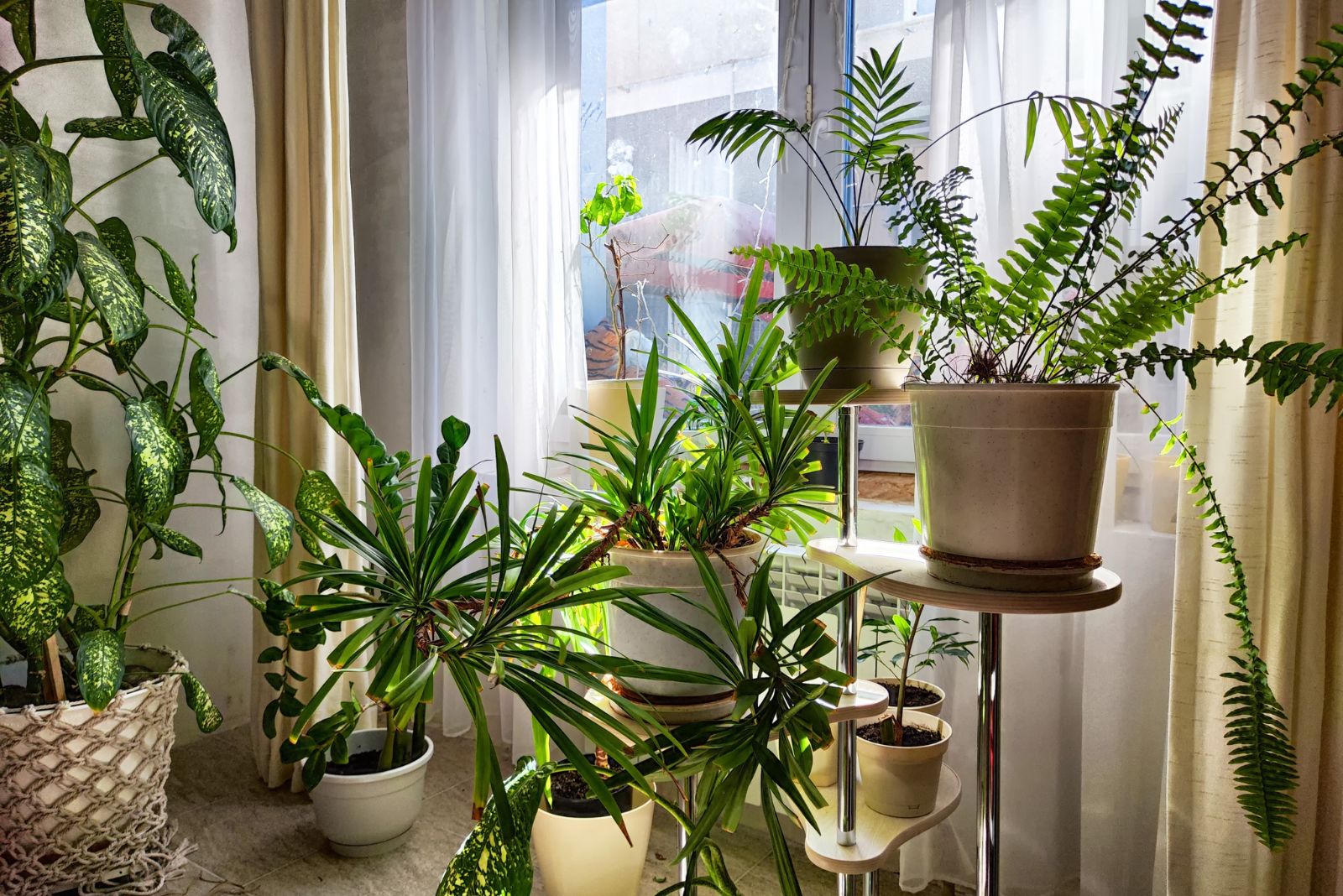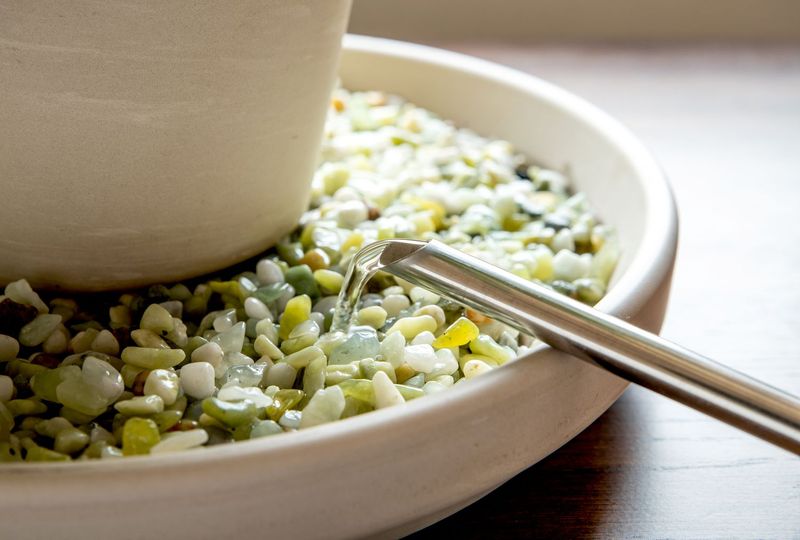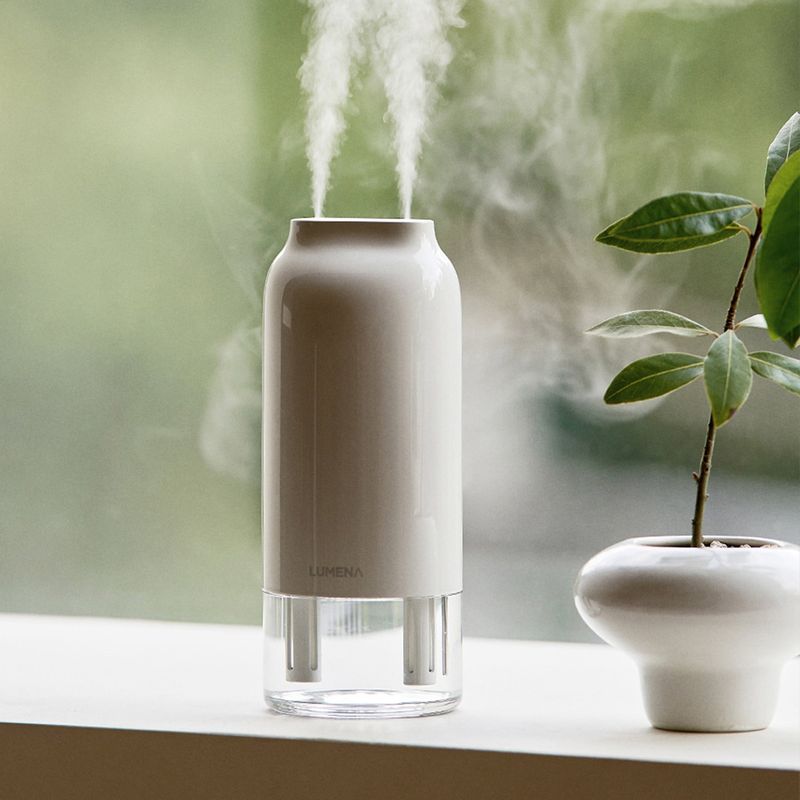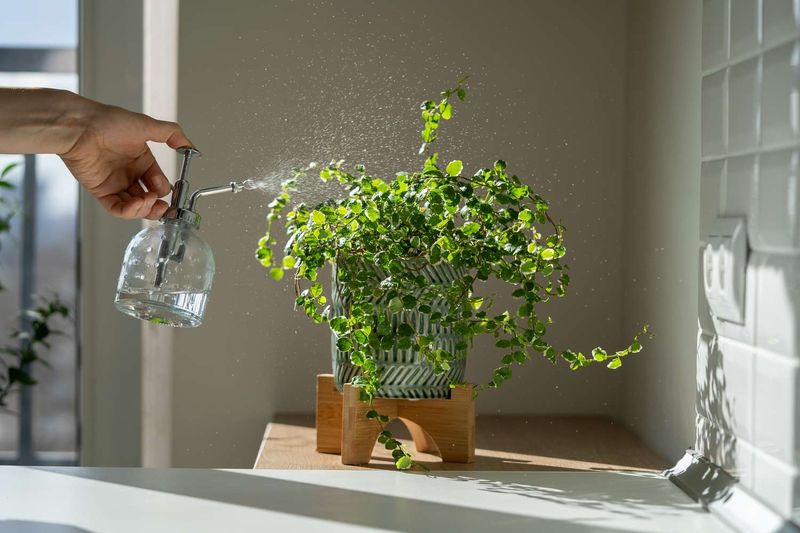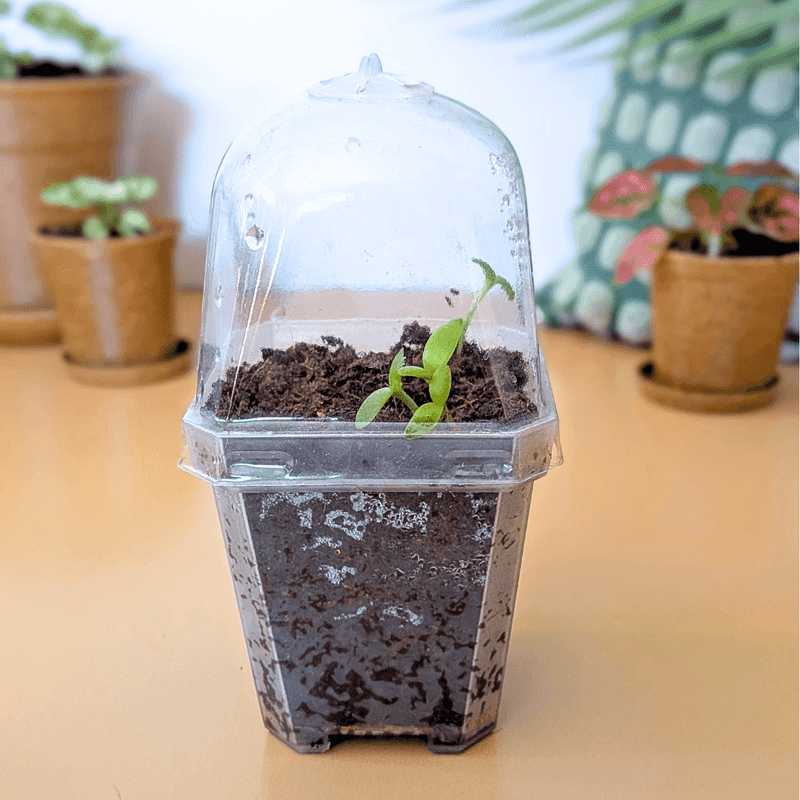Winter air in Minnesota can turn indoor gardens into a desert, leaving leaves crispy and plants gasping for moisture.
Low humidity saps energy from even the hardiest houseplants, slowing growth and inviting stress.
A few simple changes can turn the tide, restoring moisture and creating a breathable, thriving environment.
Increasing humidity gives plants the boost they need to stay lush and vibrant through the cold months.
With the right touch, indoor gardens can stay healthy and full of life, making even the driest winter feel fresh and green.
The Simple Cure Is To Raise The Humidity Around Your Houseplants.
When indoor gardeners in Minnesota struggle with low humidity in winter, the simple cure is to raise the humidity around your houseplants.
But, why indoor air gets too dry in winter?
Heating systems dry out indoor air, sometimes dropping relative humidity to 5–10 %, far below what most houseplants need.
Many common houseplants come from humid climates (tropics, subtropics).
Low humidity can lead to brown crispy leaf edges, drooping leaves, leaf drop, or generally poor growth.
Here’s what you can do.
Group Your Plants Together
Plants naturally release moisture into the air through a process called transpiration, and when you cluster them together, they create their own little humid environment.
Think of it as a plant party where everyone benefits from each other’s company.
This simple strategy works especially well with larger collections of tropical plants like ferns, calatheas, and philodendrons.
Position your plants close enough that their leaves almost touch, but make sure air can still circulate between them to prevent fungal issues.
The moisture released by one plant helps its neighbors, and they return the favor, creating a cooperative system that mimics their natural habitat.
You might notice that plants in the center of the group stay healthier than those on the edges.
Minnesota gardeners often set up dedicated plant shelves or corners where they can maximize this grouping effect.
A sunny window sill works perfectly for this purpose.
Just rotate the outer plants to the center occasionally so everyone gets equal benefits.
This method costs absolutely nothing and works surprisingly well, especially when combined with other humidity-boosting techniques.
Your plants will develop fuller foliage and fewer brown leaf tips when they’re part of a thriving community.
Use Pebble Trays
Ever heard of the pebble tray method?
It’s one of the oldest tricks in the indoor gardening playbook, and it remains popular because it actually works.
You fill a shallow tray with small stones or pebbles, add water until it reaches just below the top of the stones, then place your potted plants on top.
The water evaporates slowly, creating a humid zone right where your plants need it most.
The key is making sure the pot bottoms don’t sit directly in water, which could lead to root rot.
The pebbles elevate the pots while allowing moisture to rise around the leaves.
You’ll need to refill the trays regularly, especially during Minnesota’s dry winter months when your furnace runs constantly.
Many gardeners get creative with this method, using decorative river rocks, glass beads, or even LECA clay balls to make their trays look attractive.
Some people set up multiple trays throughout their plant areas for maximum effect.
The constant evaporation provides steady humidity without requiring electricity or making noise.
Plus, the trays catch any water that drains through during watering, protecting your furniture.
This affordable solution works wonderfully for smaller plant collections or individual high-value specimens that need extra attention.
Invest In A Humidifier
When Minnesota temperatures plummet and your heating system turns your home into a desert, a humidifier becomes your best investment.
These devices add moisture directly to the air, benefiting not just your plants but also your skin, sinuses, and wooden furniture.
Cool mist humidifiers work best for plant rooms because they won’t raise the temperature, which plants generally prefer.
You can choose from small personal humidifiers that work for a single shelf or larger units that handle entire rooms.
Place the humidifier near your plant collection but not so close that leaves get constantly wet, which invites disease.
Running it for several hours daily during winter months can dramatically improve your plants’ health and appearance.
The downside? You’ll need to clean your humidifier regularly to prevent mold and bacteria growth, and they do use electricity.
However, the results speak for themselves.
Plants that were struggling with brown edges and slow growth suddenly perk up and start thriving.
Many Minnesota gardeners run their humidifiers on timers to maintain consistent levels without wasting energy.
If you’re serious about keeping tropical plants happy through harsh winters, this investment pays for itself quickly.
Your prayer plants will actually keep their leaves flat instead of curling, and your ferns will stay green and lush.
Mist Your Plants Regularly
Grab a spray bottle and give your plants a gentle shower of fine mist.
This quick method provides an immediate humidity boost, though the effects don’t last as long as other techniques.
Many indoor gardeners in Minnesota make misting part of their morning routine, especially for humidity-loving plants like orchids, ferns, and air plants.
Use room-temperature water and mist in the morning so leaves have time to dry before evening.
Wet foliage at night can encourage fungal problems, which nobody wants.
Focus on the undersides of leaves where stomata (tiny breathing pores) are located.
Some plants respond better to misting than others, so pay attention to which ones seem to appreciate it most.
Here’s the catch: misting alone won’t solve serious humidity problems, but it works great as a supplement to other methods.
Think of it as a quick refresher rather than a complete solution.
Some gardeners avoid misting plants with fuzzy leaves like African violets because water spots can damage the foliage.
Others swear by daily misting for their tropical collection.
The technique costs almost nothing and takes just a few minutes.
Keep a dedicated spray bottle near your plants so you remember to do it regularly.
Your plants might not need misting every single day, but a few times weekly during dry winter months certainly helps them cope better.
Place Plants In Naturally Humid Rooms
Your bathroom and kitchen naturally have higher humidity than other rooms because of showers, baths, and cooking activities.
Smart Minnesota gardeners take advantage of these built-in humid zones by moving moisture-loving plants to these spaces.
A bathroom with a window becomes prime real estate for ferns, orchids, and tropical plants that struggle elsewhere in your home.
The steam from your daily shower provides a humidity boost that these plants absolutely love.
Just make sure they’re getting enough light, since bathrooms can sometimes be darker than ideal.
A bright kitchen window above the sink works wonderfully for herbs and smaller tropical plants.
The moisture from washing dishes and cooking adds to the ambient humidity throughout the day.
Not every plant belongs in these rooms, though.
Succulents and cacti prefer drier conditions and might actually suffer from too much moisture.
Focus on moving your fussiest, most humidity-dependent plants to these naturally steamy locations.
You might be amazed at how much better your Boston fern looks after a month in the bathroom compared to the dry living room.
This strategy requires zero equipment and costs nothing, making it perfect for beginners or budget-conscious gardeners.
Just remember that not everyone wants a jungle in their bathroom, so find a balance that works for your household.
Create A DIY Humidity Tent
Sometimes a plant needs intensive humidity therapy, and that’s where a DIY humidity tent comes in handy.
You can create a mini greenhouse effect by placing a clear plastic bag or dome over a struggling plant, trapping moisture around the foliage.
This works especially well for cuttings trying to root or plants recovering from transplant shock.
Simply water your plant, then drape a clear plastic bag over the top, making sure it doesn’t touch the leaves.
You can use stakes or a wire frame to keep the plastic elevated.
The moisture from the soil and leaves stays trapped inside, creating a super-humid environment.
Open the tent every few days to let fresh air in and prevent mold growth.
Minnesota gardeners often use this technique during the worst of winter when indoor air becomes extremely dry.
Clear storage bins turned upside down work great for larger plants, while plastic produce bags suit smaller specimens perfectly.
You’ll see condensation form on the inside of the plastic, which is exactly what you want.
Don’t leave plants under plastic indefinitely, though.
This is a temporary boost, not a permanent solution.
Most plants need just a week or two of this treatment to recover from stress.
The humidity tent method costs practically nothing and can save a plant that’s really struggling with Minnesota’s harsh indoor winter conditions.

